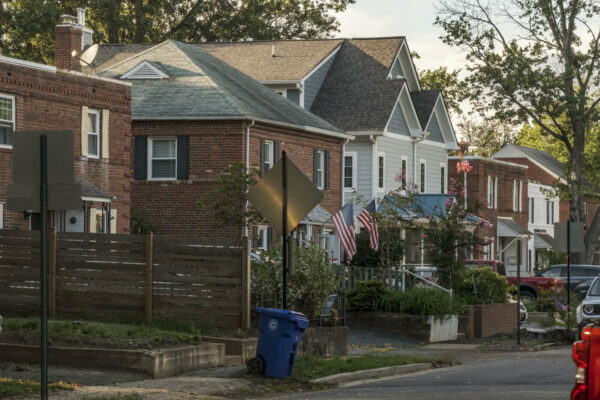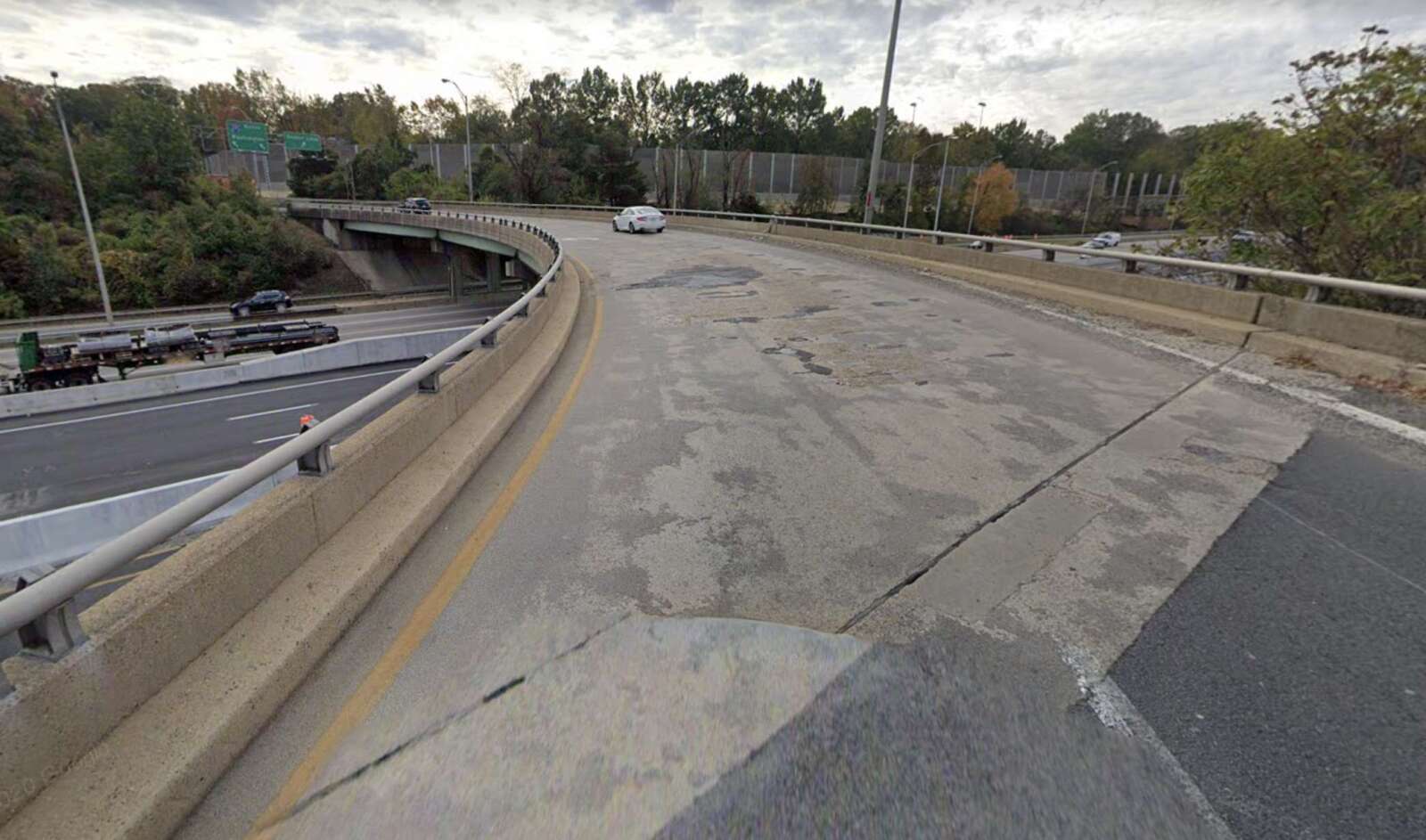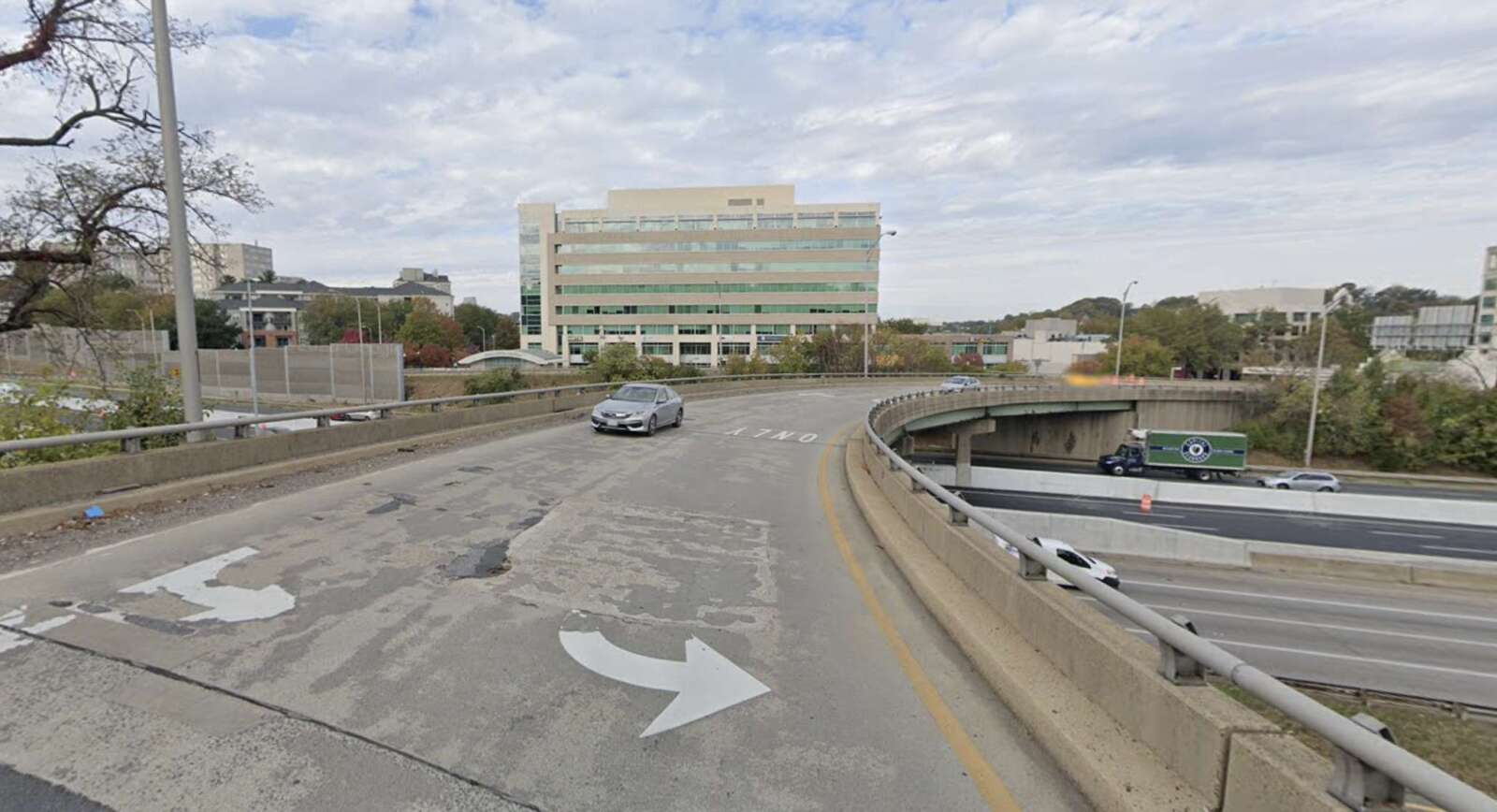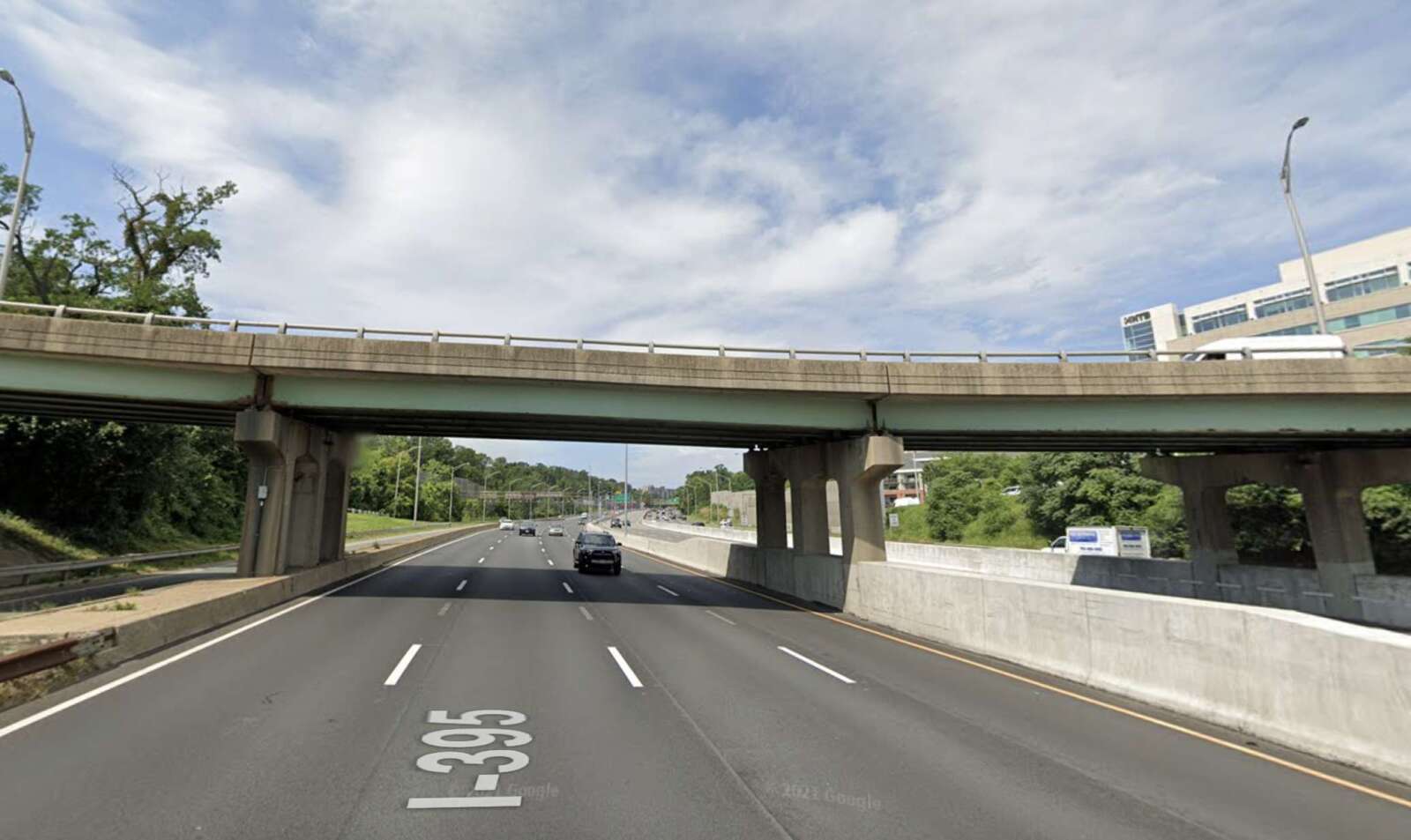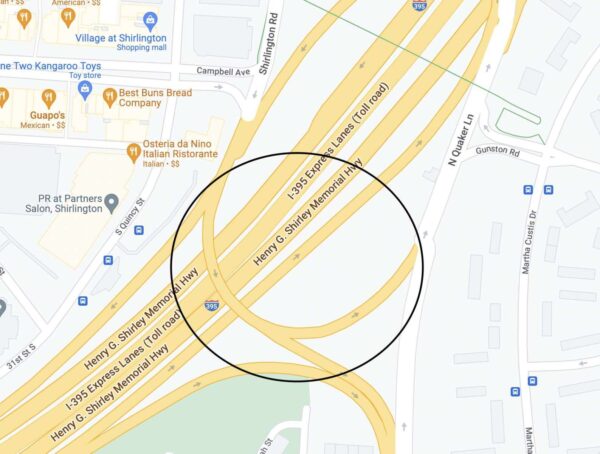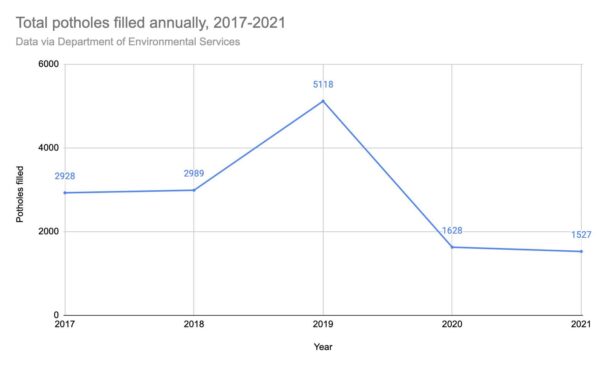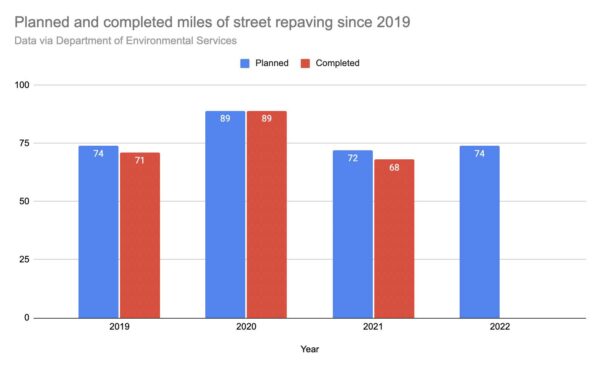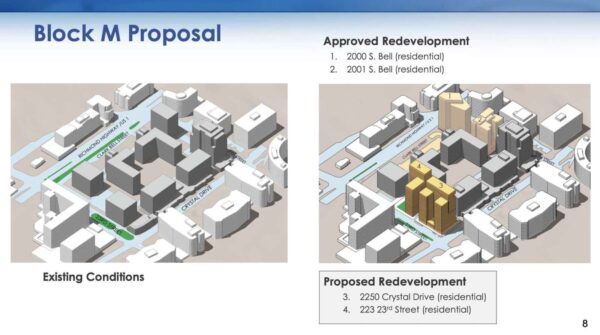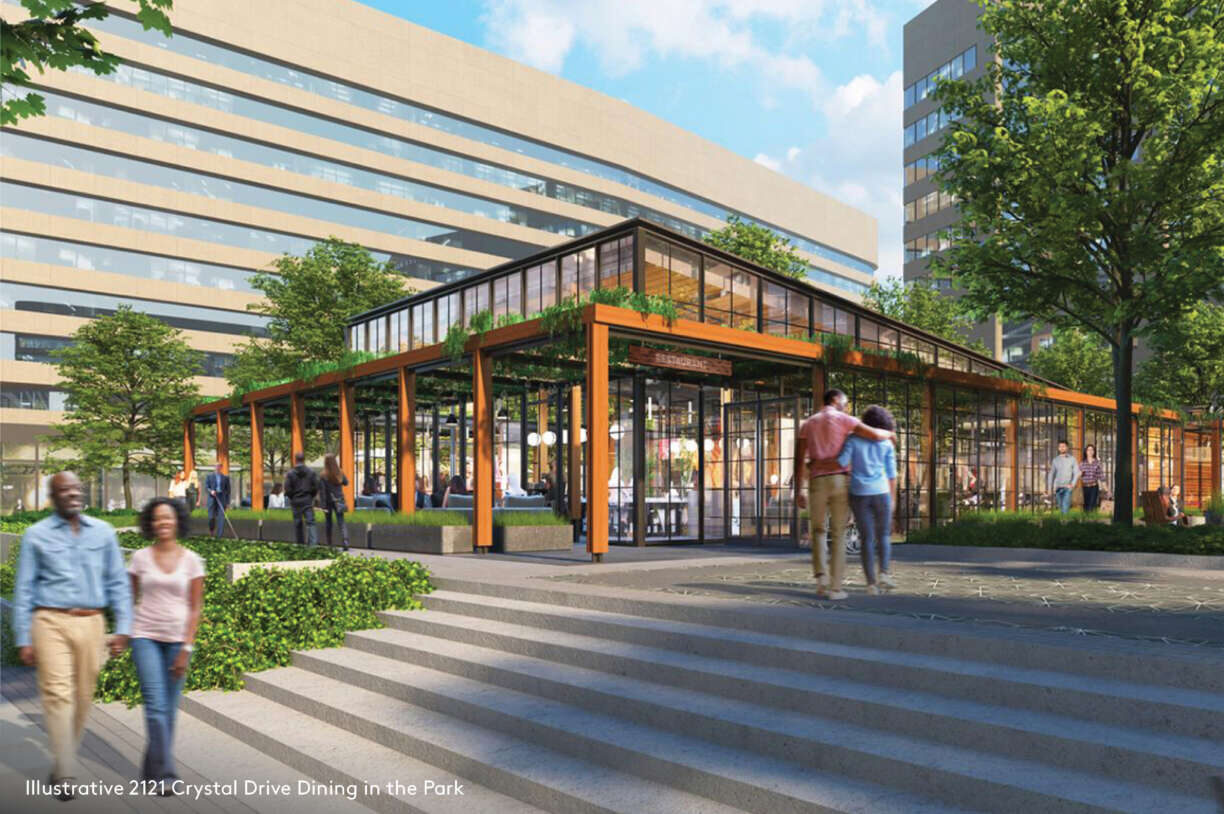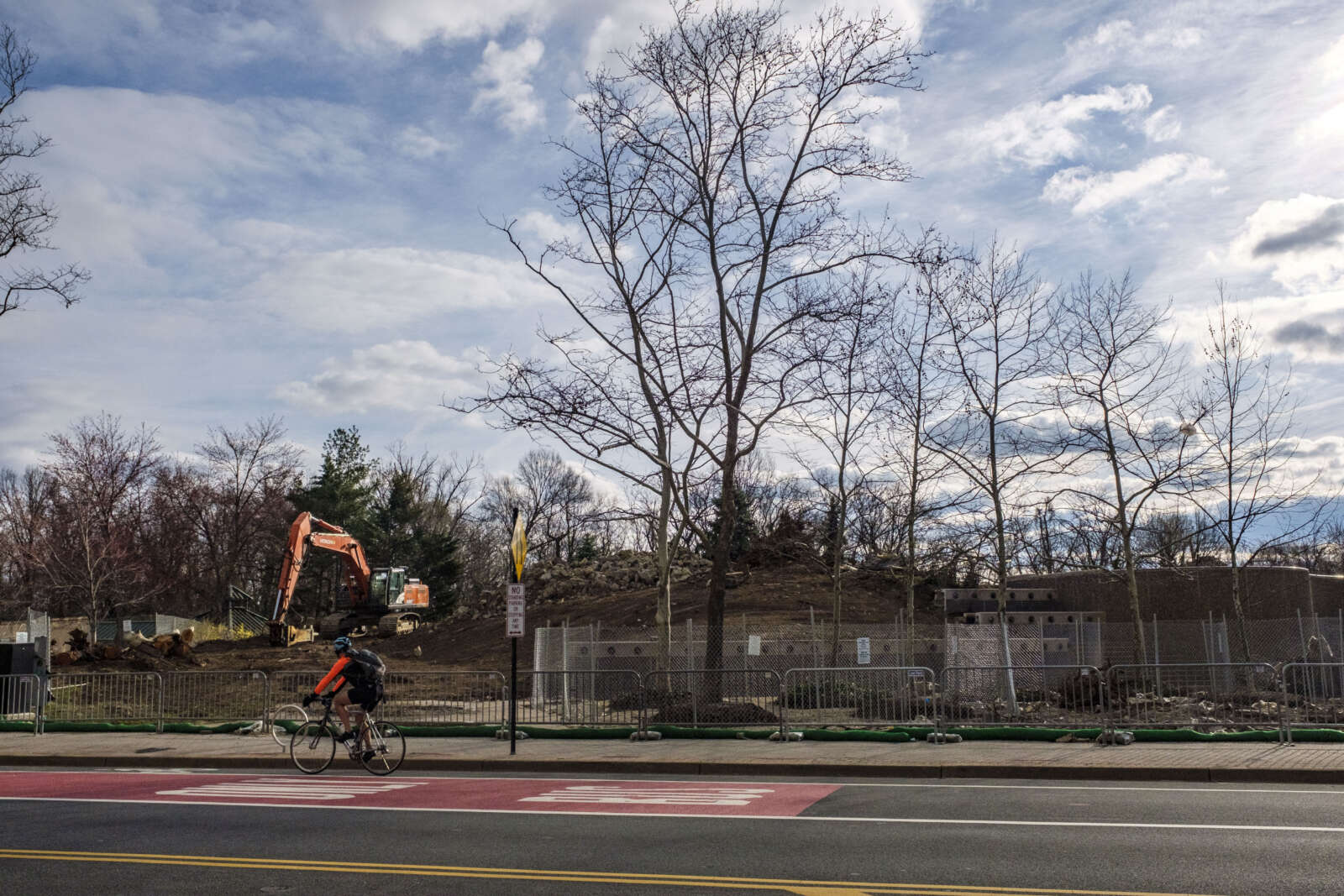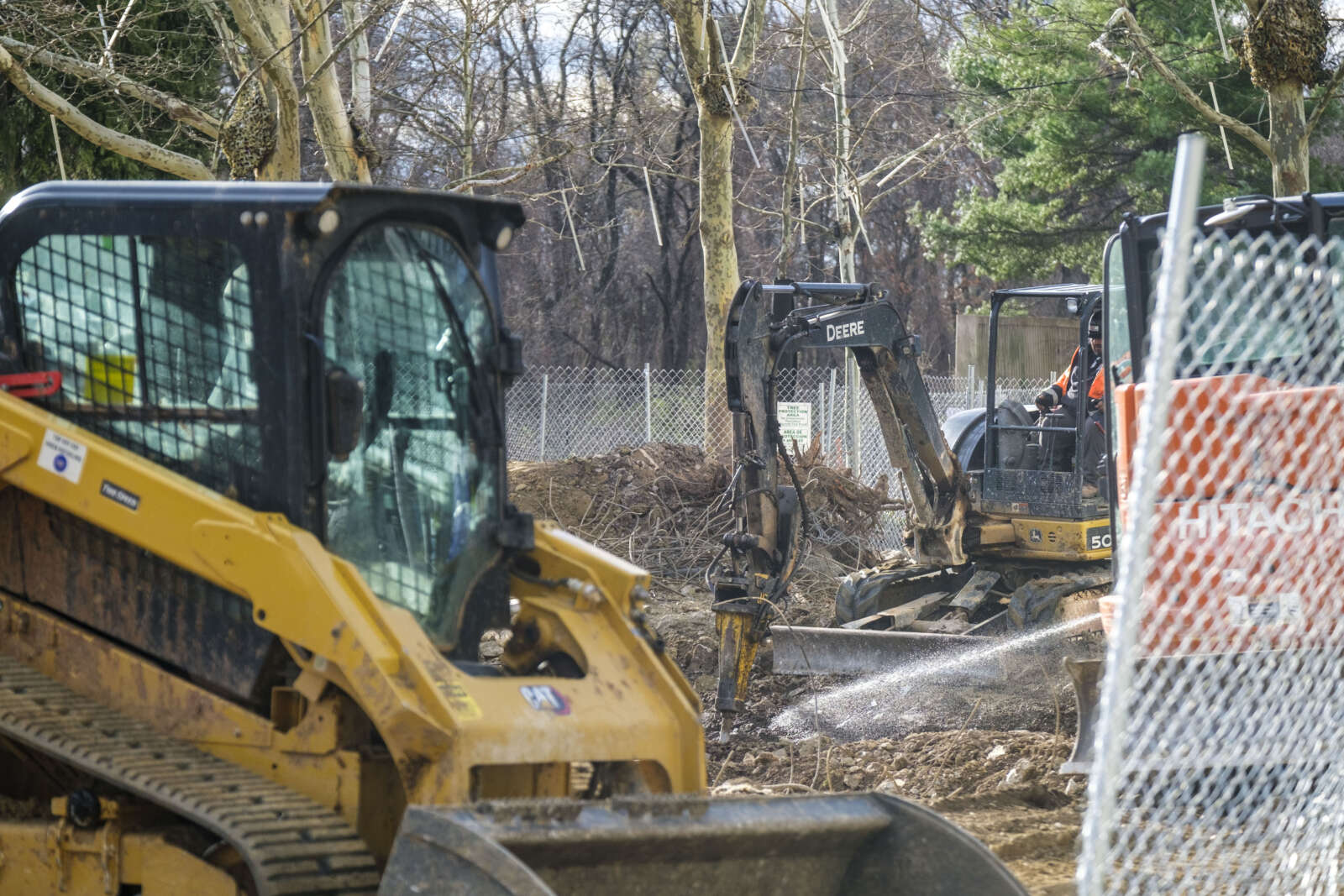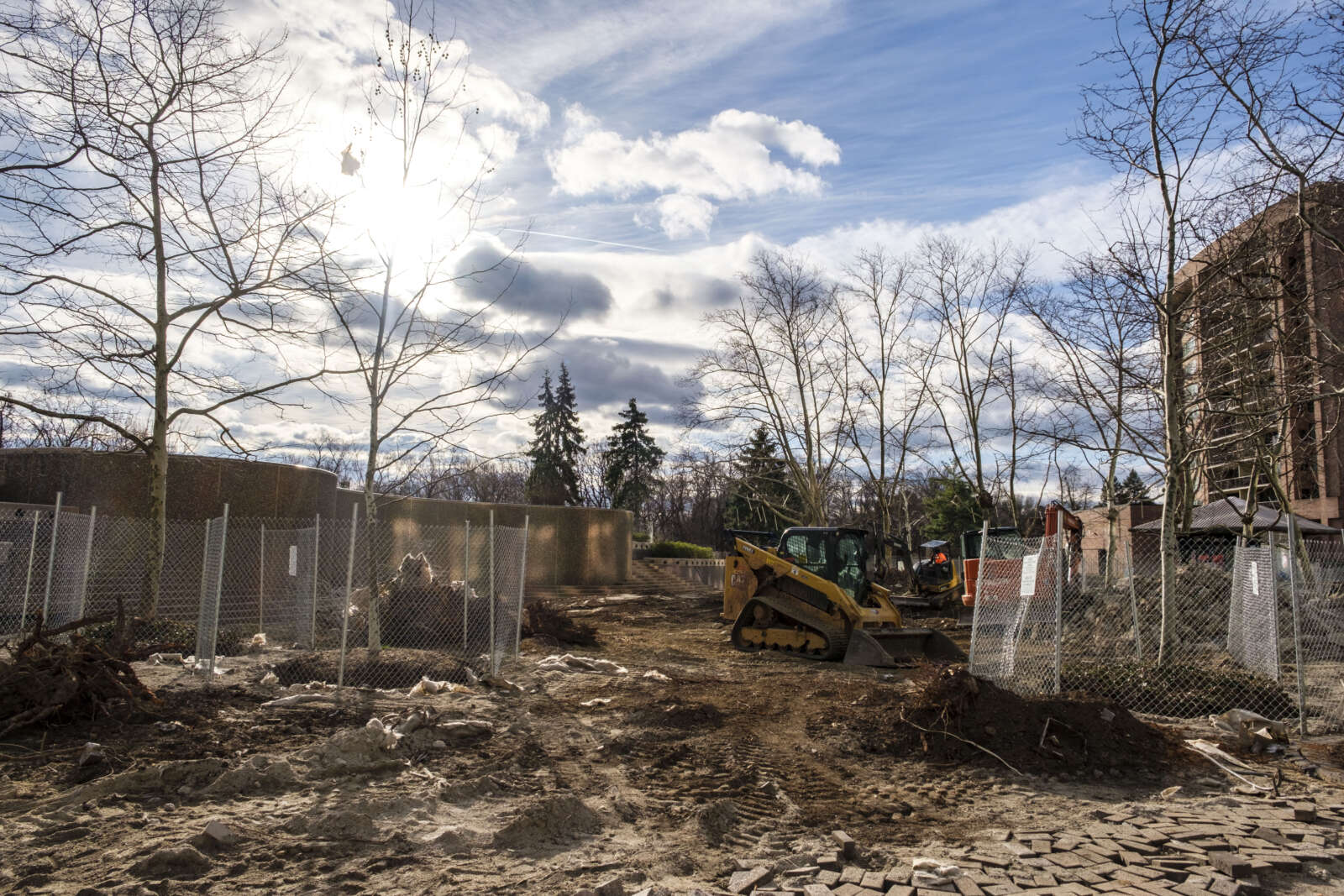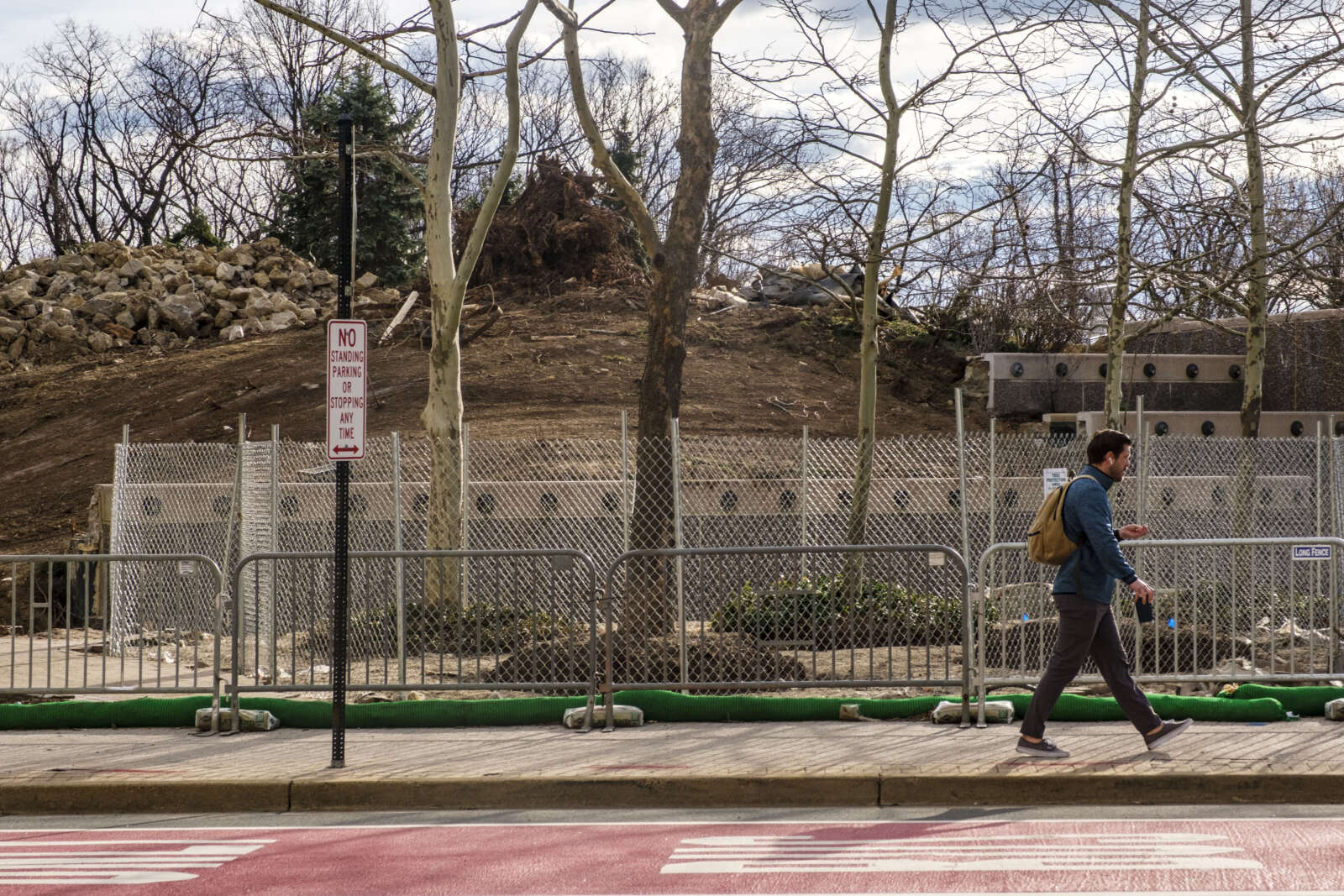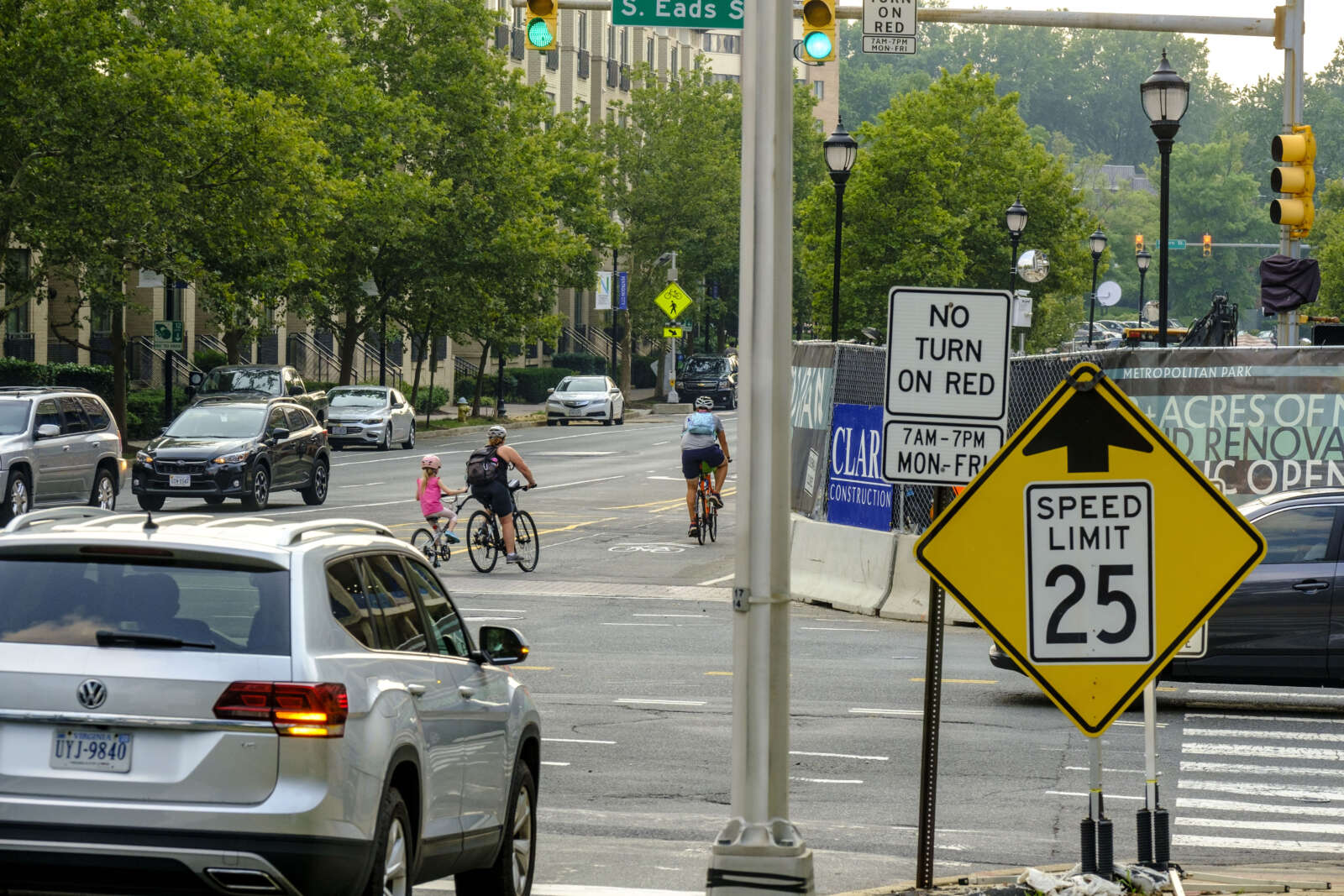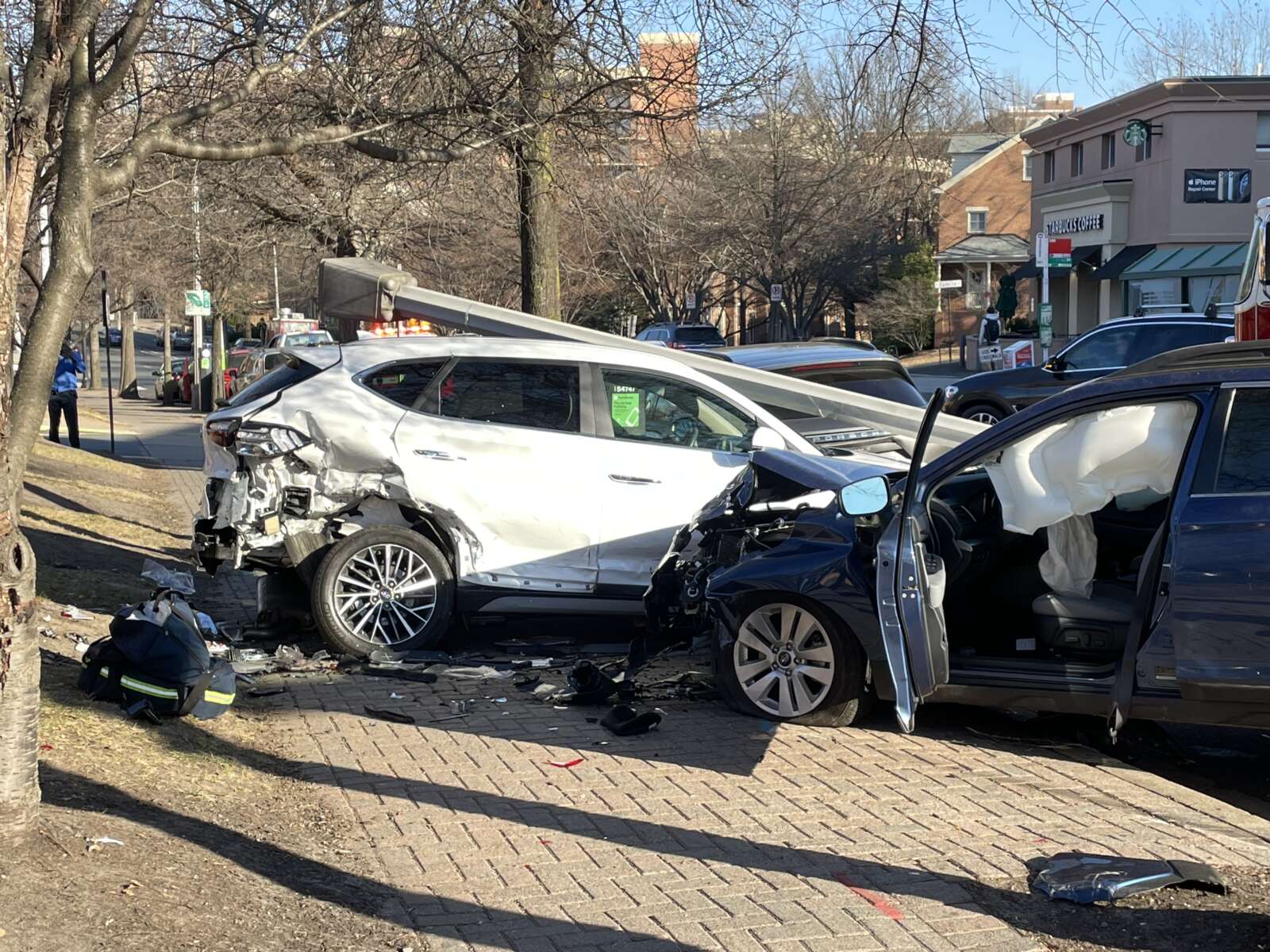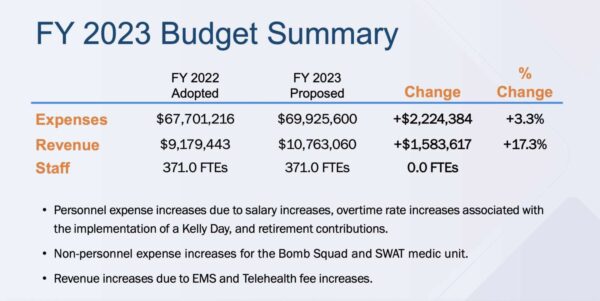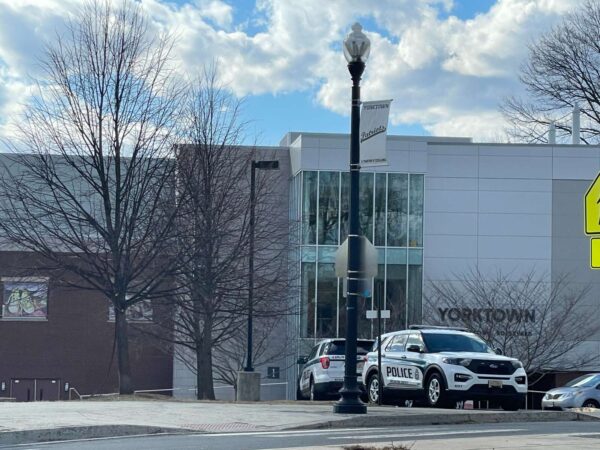
Arlington Public Schools will now involve the police anytime it learns of a student disseminating nude images or videos of kids and teenagers.
The Arlington School Board made the change last night (Thursday) when members approved a number of changes to a body of policies governing student conduct and discipline.
Now, school principals are required to notify the police when a student posts, distributes, displays or shares “material of a sexual nature” — specifically, “nude images or nude video of a minor,” according to the handbook. Students found doing this will also immediately receive an out-of-school suspension.
The offense joins a list of others requiring police intervention, including:
- Sale or distribution of alcohol
- Possession of weapons, including BB and airsoft guns
- Physical assault on a member of the school staff or students with a weapon
- Setting fires or using or possessing explosives or fireworks on school property
- False alarms and bomb threats
- School property theft or extortion
Virginia State Code requires schools to report to law enforcement certain incidents that occur on school grounds, school buses or during school-sanctioned activities, if they constitute a felony offense.
Per the state code, these offenses include assault that results in injury, sexual assault, abduction and stalking, conduct involving drugs and alcohol and possession of illegal firearms or explosives.
The law was amended last year so police intervention is no longer required for these offenses if they’re deemed misdemeanors.
The state list does not include the possession and distribution of nude images and videos of minors under the age of 18. Producing, publishing, selling or financing such content is, however, a felony offense for children and adults, and APS says it made the addition to align with these statutes.
The added offense was bundled in with a number of other changes aimed at making school discipline more “restorative” — that is, involving police less and seeking alternatives to traditional forms of punishment, which removes kids from school. This push within APS is concurrent with efforts in Arlington County to divert young people who commit certain crimes from the criminal justice system.
“There have been efforts at the staff level to bring a more restorative approach to our disciplinary policies for a very, very very long time,” said School Board Member Cristina Diaz-Torres of the bundle of new and revised policies.
“This has been a lot of important work to develop and it’s an important step forward,” she added. “This is a really, really momentous occasion to finally see it come to fruition.”
Board members voted on the same day that APS publicized its new Memorandum of Understanding governing when police can and cannot be in schools.
School Board members had voted last summer to remove School Resource Officers from school grounds and reimagine the relationship between the Arlington County Police Department and APS.
Although officers are no longer in schools on a daily basis, they are still dispatched for serious situations. Within the last year, police responded to what turned out to be false threats of a hostage situation at Yorktown High School in February and a false report of a school shooter at Washington-Liberty High School in October.


